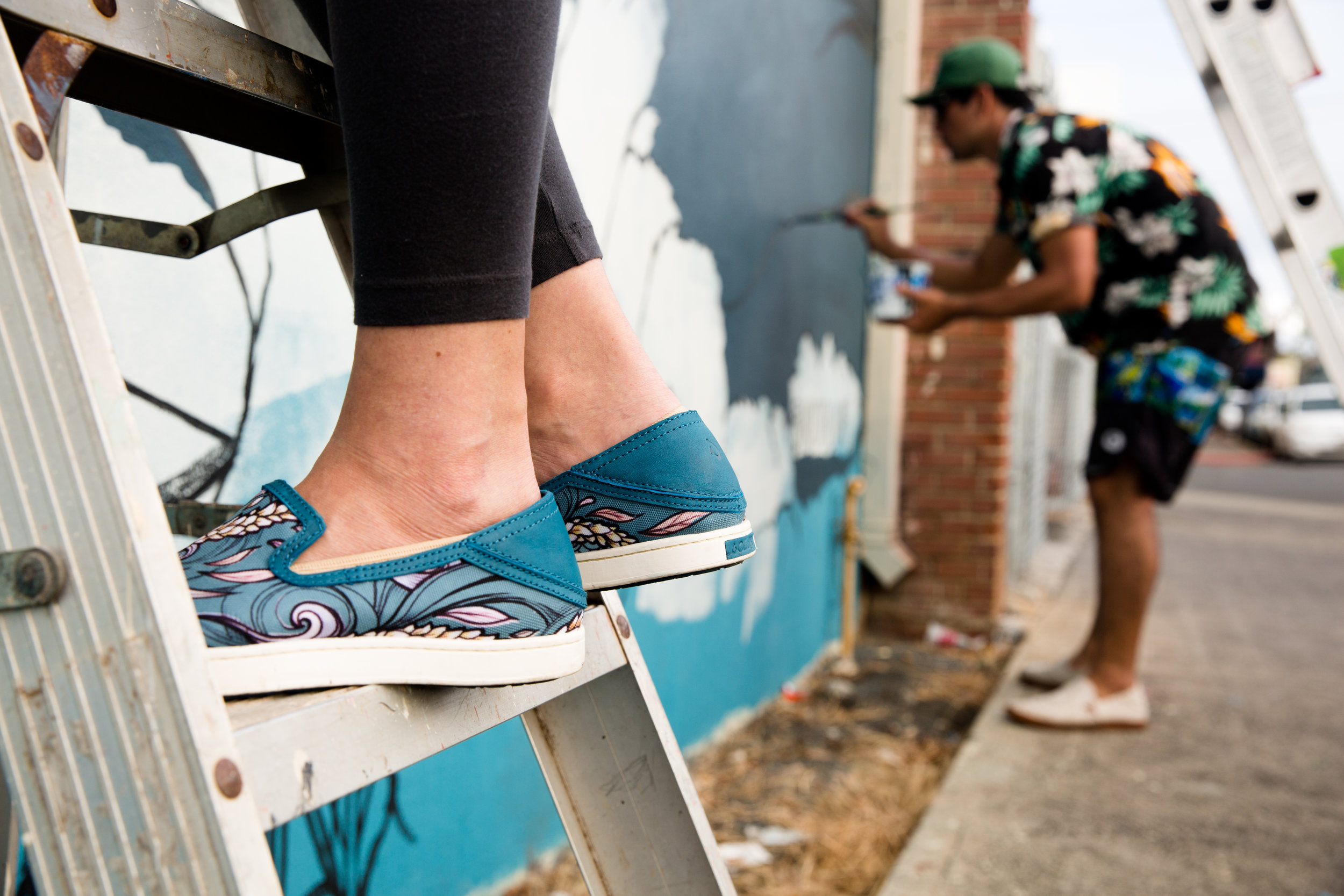We were cycling across Bolivia on a bicycle heading straight to the Atacama Desert in Chile.
After our summit up Huayna Potosí, we set off to ride through the Bolivian Salt flats: about 10,000 square kilometers of flat and dense salt near the driest region in the world. Passing through the large mining town of Oruro, Christian Wuflestad, a close friend from home who decided to sell his car and join me for a few months, and I both knew this would be our final contact with civilization for the next few days. We were heading toward isolation and the thought of being far away from any cars, roads, or people excited us.
We met two American bicycle travelers who decided to drop their route and join us through a rugged backcountry road toward the Salt Flats. We rode 50-80 km at a time, on average, and about four to five hours without seeing a single person. But when we did cross through small towns and villages, we were reminded of the kindness people had in these lesser-traveled places. We entered to what seemed to be the largest town we would pass through, San Martin. About five square blocks of mud brick houses, a town square, an old beaten up church, and one small tienda to bring the whole place together. Christian and I paused beside what seemed to be a mud brick daycare with a few kids no older than 10 sitting on the curb eating candy. I stripped my hat and shades off my face as I wiped the sweat off my brow and looked at those kids. They looked back at me in awe. To them I might as well have been a spaceman heading to the moon with my steel frame, 29-inch tire rocket ship. The kids progressively made their way toward us and before we knew it that small group of kids turned into about 25 crowding us, touching our bicycles, panniers, and asking us questions about our route, where we came from, and where we were going. We exchanged smiles and laughter and eventually continued down the dirt road to the Salt Flats.


























